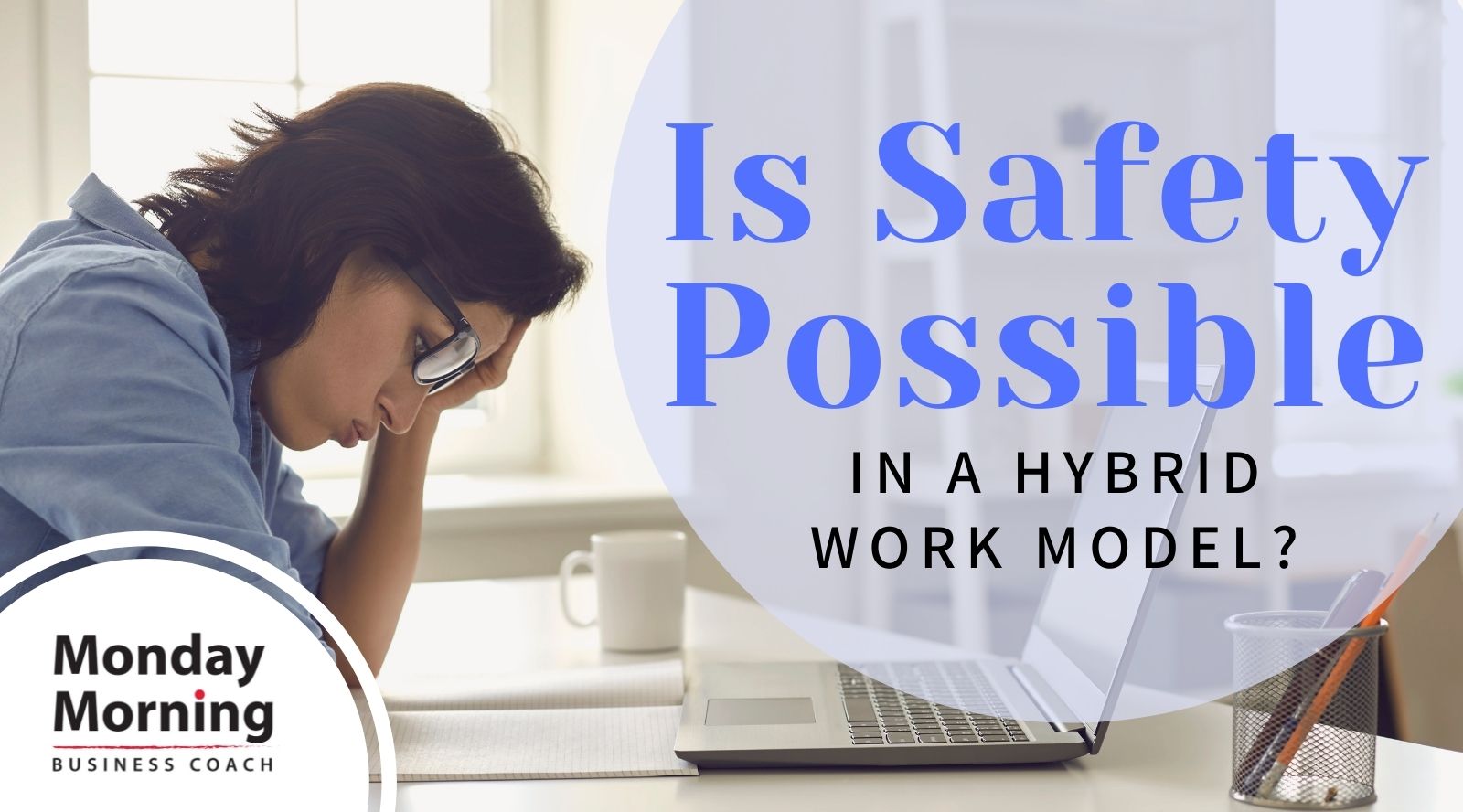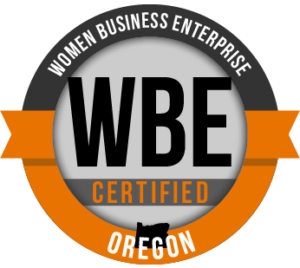Many of you have asked us recently, “Is safety possible in a hybrid work model?”
Over the past few weeks, we’ve been talking about psychological safety and sharing the thoughts of some of our favorite researchers like Brené Brown, Susan David, and Amy Edmonson.
If you haven’t had a chance to read them, take a look – this work is so helpful!
We know that many of you are struggling with the hybrid workplace and/or are struggling to manage it for others. You’ve said that you care deeply about creating safety and a sense of belonging in your workplaces but are finding it uniquely difficult as more of your teams are working within a hybrid model.
So today, we’re sharing some additional information from Amy Edmonson and Mark Mortenson that came out in an April 2021 HBR article titled What Psychological Safety Looks Like in a Hybrid Workplace.
We found this article to be both a helpful reminder of the importance of psychological safety and a practical guide.
In the article, Edmonson and Mortenson say,
“Managers must create an environment that encourages employees to share aspects of their personal situations as relevant to their work scheduling or location and/or to trust employees to make the right choices for themselves and their families, balanced against the needs of their teams.
Management’s responsibility is to expand the domain of which work-life issues are safe to raise. Psychological safety is needed today to enable productive conversations in new, challenging (and potentially fraught) territory.
Obviously, simply saying ‘just trust me’ won’t work.”
Their suggestions and ours? Be open and curious. Not just one time but as a way of being in dialogue with the people in your world.
The following five steps are a blend of their thinking and our thinking to help you with your conversations.
Create a sense of WE.
Let the team know that you’re in this together and, as such, you’ll look for solutions to challenges, together.
You could say something like, “Given the challenges that we’ve brought to the table, let’s brainstorm new ways to still get this work done in a way that we feel good about.”
Be vulnerable.
Share the challenges you’re having with a hybrid work model – you don’t have to have a solution, just share your challenge.
You could say something like, “Personally, it’s been difficult for me to always be available for each of you right at 8 am because I need to be sure to get my son off to school.”
Be patient and appropriate.
Trust takes time so don’t expect employees to automatically share just because you do. Also, don’t overshare. Think about disclosing something small like the above example. Be sure to welcome the sharing of others.
Share your WHY.
Let people know some of the positive examples (from your company or other companies you know) of psychological safety. Don’t share any information that was given to you in confidence, but rather think about ways to help others see the upside of being vulnerable.
You could say something like, “A colleague’s company has been working on psychological safety for the past year. It’s really paid off! They’ve ended up coming up with some creative ways to collaborate, connect, and get their work done.”
Be vigilant.
Unfortunately, despite your best work, psychological safety can be undone with one interaction or comment. It’s important to be mindful of the team’s interactions and whether or not you’re all continuing to nurture an inclusive environment.
This can be the tricky part so be open with each other that while you may have the best of intentions, you’re human. And that means, you’ll likely still mess up from time to time.
Edmonson and Mortenson go on to give us all a great reminder:
“View this as a learning
or problem-solving undertaking
that may never reach a steady state.
The more you maintain that perspective– rather than declaring victory
and moving on –the more successful you
and your team will beat developing and maintaining true,
expanded psychological safety.”
As we’ve said before, this work is hard and it’s necessary.
Please let us know if we can be helpful.
If you’d like support
with the people stuff,
contact us today.


